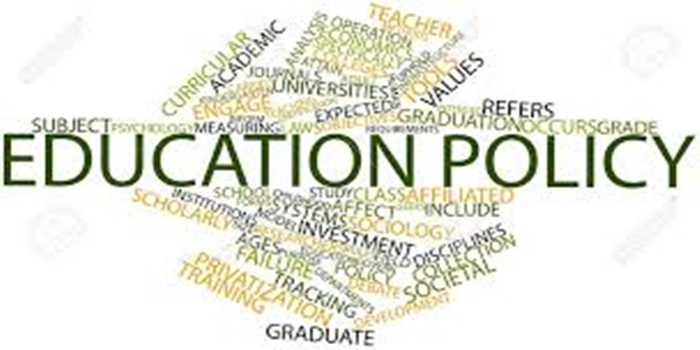In this article, we discussed the meaning of educational policy, the examples, the purpose, the component, and the importance.
Definition
Education policy is a set of guidelines that direct how education is managed and implemented in a country. It includes the laws, rules, and principles that govern education systems.
Education Policy include:
Values and ideas: What education should look like, including who learns what and how
Laws and rules: The rules that govern the operation of education systems
Strategies: Mechanisms to advance and regulate educational systems
Objectives: The stated goals of education
Actions: The actions taken to achieve the stated goals of education.
Examples of education policy include:
Access
Ensuring equal access to education for all students, regardless of their socioeconomic background, ethnicity, or gender
Curriculum
Introducing a national curriculum, league tables, and standardized testing
Introducing more vocational courses to help with unemployment
Standards
Setting standards and expectations for quality service delivery
Setting requirements to ensure quality service delivery
Compulsory education
Ensures that school-leavers have the skills needed to be successful in society
Early childhood education
Countries should consider equity issues at all stages of learning, including early childhood
Inclusive education
Supports students’ access to education, focusing on children with special needs and marginalized groups
Curricular flexibility
Students should have increased flexibility and choice of subjects Educational policy is a blueprint for official action that impacts the general populace.
Purpose
To define the purpose of education
To establish goals for education
To determine how to achieve those goals
To measure the success of education
To improve the quality of life of the people
The Important of Education Policy
Education Policy is important because it helps to improve the quality of education, promote social cohesion, and prepare students for future needs.
How education policy improves education
Sets standards
Policies help to maintain and improve the quality of education by setting standards for teaching, learning, and assessment.
Promotes consistency
Policies create a consistent educational experience across different regions and institutions.
Guides educators
Policies help teachers and administrators make informed decisions about instruction and management.
Promotes consistency: Policies create a consistent educational experience across different regions and institutions.
Improves quality: By setting standards, policies help maintain and elevate the quality of education.
Guides educators: Teachers and administrators rely on policy guidance to make informed decisions about instruction and management.
Shapes futures: Good policies can anticipate future societal needs and skill demands, preparing students accordingly.
The key components of an Educational Policy
Goals and objectives: Each policy begins with a clear set of goals it aims to achieve, be it improving literacy rates or incorporating technology in classrooms.
Standards and guidelines: These provide the framework for curriculum development, teaching methodologies, and assessment protocols.
Accountability measures: Policies define who is responsible for implementing changes and how progress will be monitored and evaluated.
Resource allocation: Policies also outline how resources, such as funding and training, will be distributed to support educational goals.
Embracing Change and Innovation
Globalization: Policies will need to address the global context of education, promoting intercultural understanding and collaboration.
Sustainability: Education for sustainable development will become a priority, shaping curriculum and school initiatives.
Lifelong Learning: As the job market evolves, policies must support continuous education beyond the traditional school years.
Equity and Diversity: Ongoing efforts to make education equitable will drive policy decisions, ensuring that all learners have access to quality education.
Conclusion
Educational policies are more than just documents gathering dust on a ledge. They are dynamic tools that can empower, guide, and transform education systems. The right policies can build bridges to the future, creating educational landscapes that nurture talent, drive innovation, and promote social unity. As we wrap up our exploration of educational policies, let’s reflect on how these frameworks can shape not just our learning experiences, but also the fabric of society itself.

